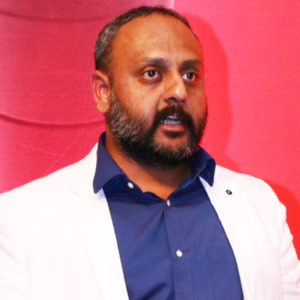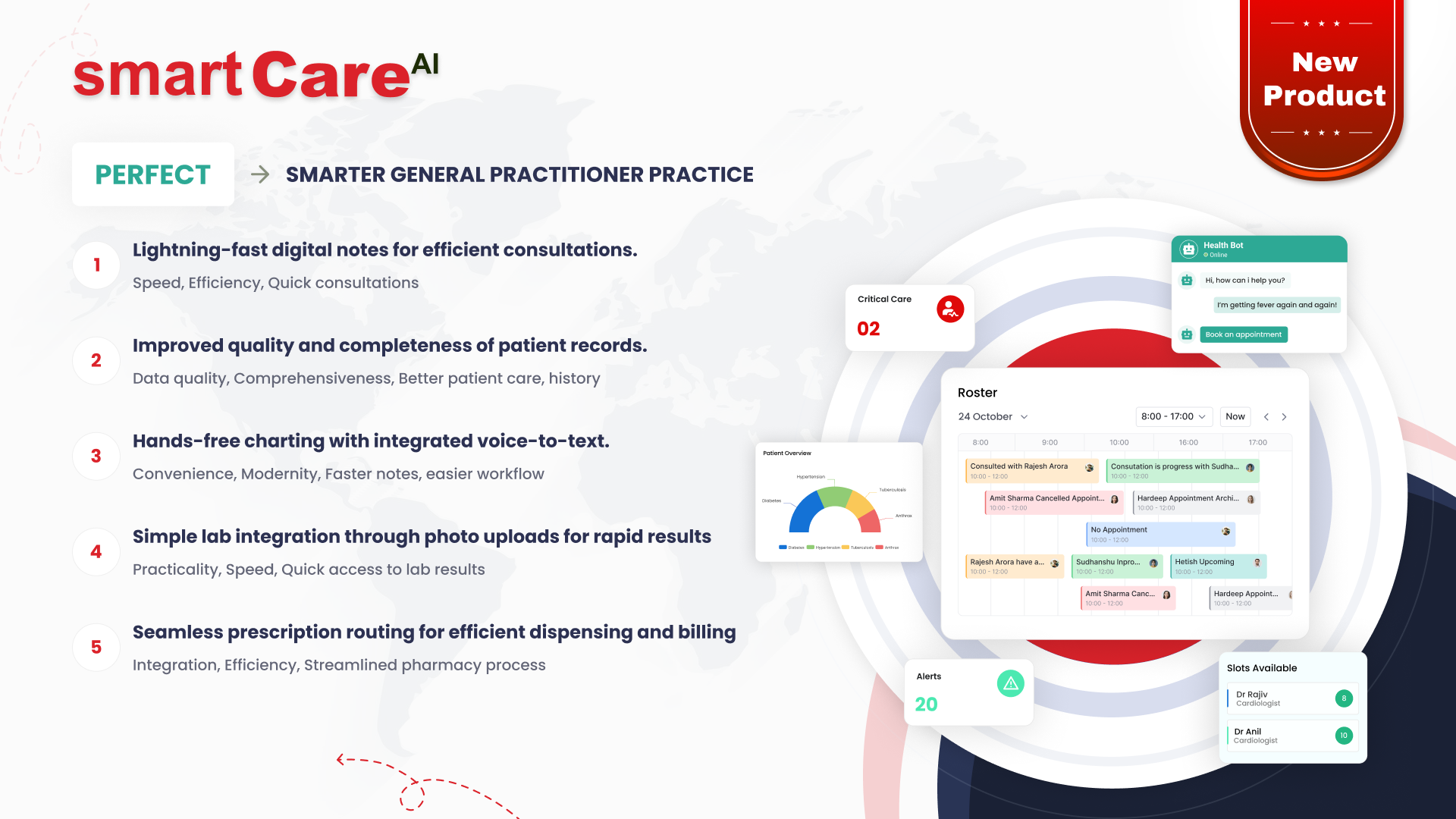Posted On January 7, 2025
How IoT Devices Could Revolutionize Revenue Cycle Management and Financial Outcomes in Healthcare
Today, healthcare is quickly undergoing digital changes. Internet of Things (IoT) devices emerge as a tool in the health industry for streamlining financial processes, optimizing organizational operations as well as improving patient care, and one of the areas is revenue cycle management (RCM), which serves as the backbone of financial operations for healthcare organizations.
Notably, hospitals, clinics, and healthcare systems can now create a new and improved RCM that is accurate and efficient while also providing financial benefit through the IoT. Here are some of the ways these devices are changing this area.
- Real-Time Patient Tracking for Optimized Billing
Health IoTs include but are not limited to: wearable monitors; RFID tags; smart patient IDs, and they assure health providers that real-time patient data are tracked from admission to discharge-even after discharge. These will help:
- Minimize Billing Errors: This patient interaction and resource usage tracking will help ensure proper billing for the services rendered.
- Improve Charge Capture: All the treatment procedures, operations, and diagnostics are automatically recorded by IoT devices, so that none of the services could have missed out on the records when the billing process took place.
Thus, the revenue leakage and financial accuracy were increased.
- Automated Inventory Management to Replace Expenditure
IoT-enabled inventory systems supplemented into a healthcare facility can automatically monitor real-time consumption of medical supplies, drugs, and equipment.
Such high-level consumables can be charged against billing through IoT data linkage in conjunction with RCM systems.
Predictive analysis from IoT sensors will maintain the stocks at an optimum level, thereby preventing blocks on the operations due to overstocking or stock shortages, which has a direct link to the operational costs.
- Enhancing Revenue Integrity with Predictive Analytics
- Thus, this is what IoT collects: patient interaction data, with medical devices and facilities, ultimately results in large volumes of data-analyzable into predicting and preventing bottlenecks in the revenue cycle for example:
- Pre-authorizations and eligibility verification: under such IoT systems, automated verification can trigger to realize smooth claim submissions for services paid by insurance.
- Denial management: since real-time information is available, it allows users to quickly identify and resolve errors that would normally cause denial. Thus, it saves a great deal of time and money in reworks on claims.
- Reduced Administrative Burden and Labor Costs
Administrative tasks such as charge capture, documentation, and data entry often socked huge resources. But with IoT, this process automatically captures data and pushes it directly to EHR and billing systems.
The outcome: Focus on high-value activities for the staff, and the chances of human error are significantly reduced.
- Improving Patient Engagement and Payments
IoT-enabled devices empower patients to gain much-needed access into their medical and financial affairs.
Wearables and patient portals merged with IoT tend to implement the monitoring of health and offer payment reminders while receiving insurance notifications.
More so, trust thrives because of the built-in transparency brought to a patient's billing courtesy of IoT data.
- Preventive Maintenance of Medical Equipments
Such preventive maintenance for a medical equipment can be enabled by IoT sensors. These sensors have the capability to record the function of an equipment, and simultaneously predict when a particular equipment needs maintenance.
- Financial Benefit of IoT in Healthcare
With seamless integration of IoT devices to RCM systems, healthcare organizations can:
- Minimize their claim denied by insurance companies.
- Increase reimbursement rates.
- Optimum resource utilization and subsequent cost-cutting.
- Create operational efficiencies with consequent improvements in profitability.
Conclusion
IoT is not just a technology but also an opportunity for health care providers to be able to rethink their revenue cycles; given that real-time data capture, automated processes and predictive insights can all be greatly improved by IoT.
As healthcare organizations begin to adopt IoT technologies for their revenue cycle management, however, they must put in place plans that will ensure that top-notch security and compliance measures are integrated alongside innovations in technology. The future is digital for RCM, and IoT devices are digitizing the domain for smarter and more efficient financial operations.








